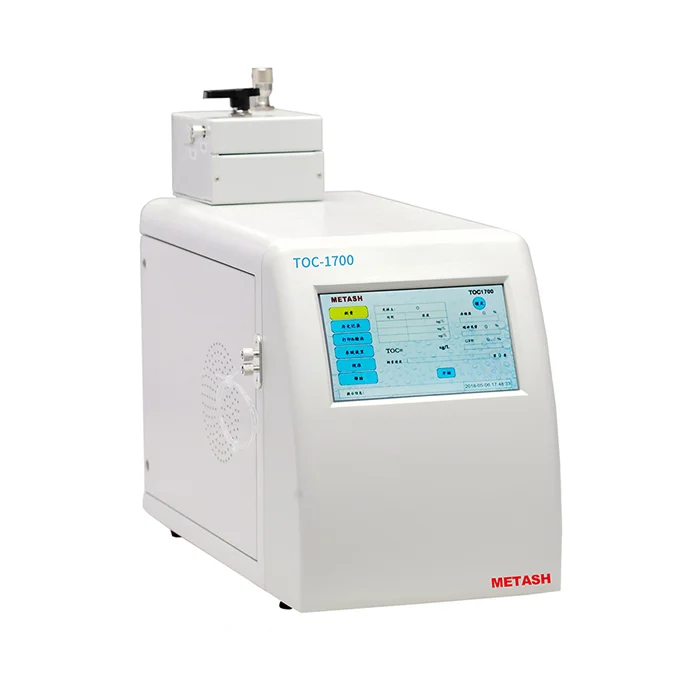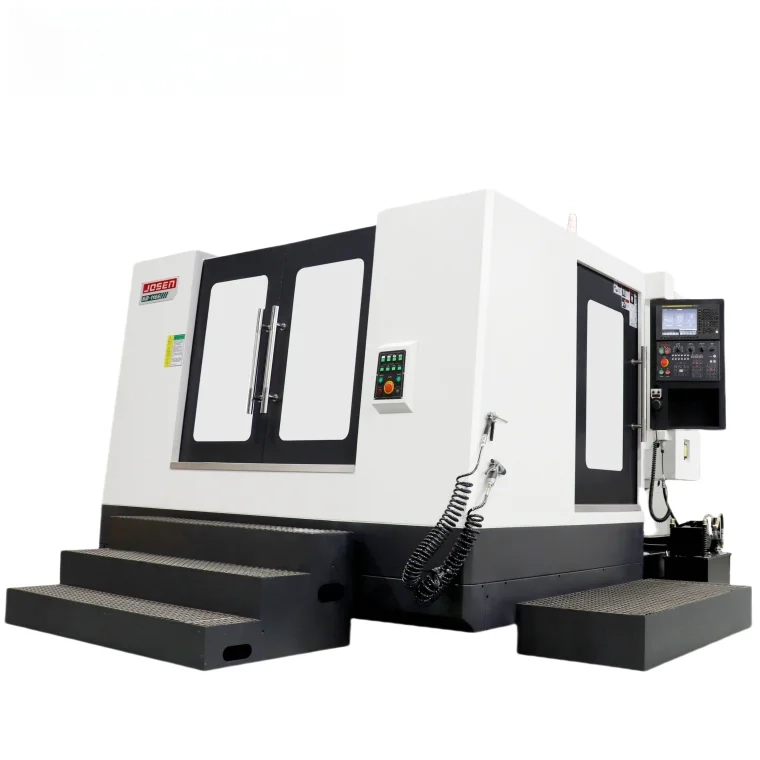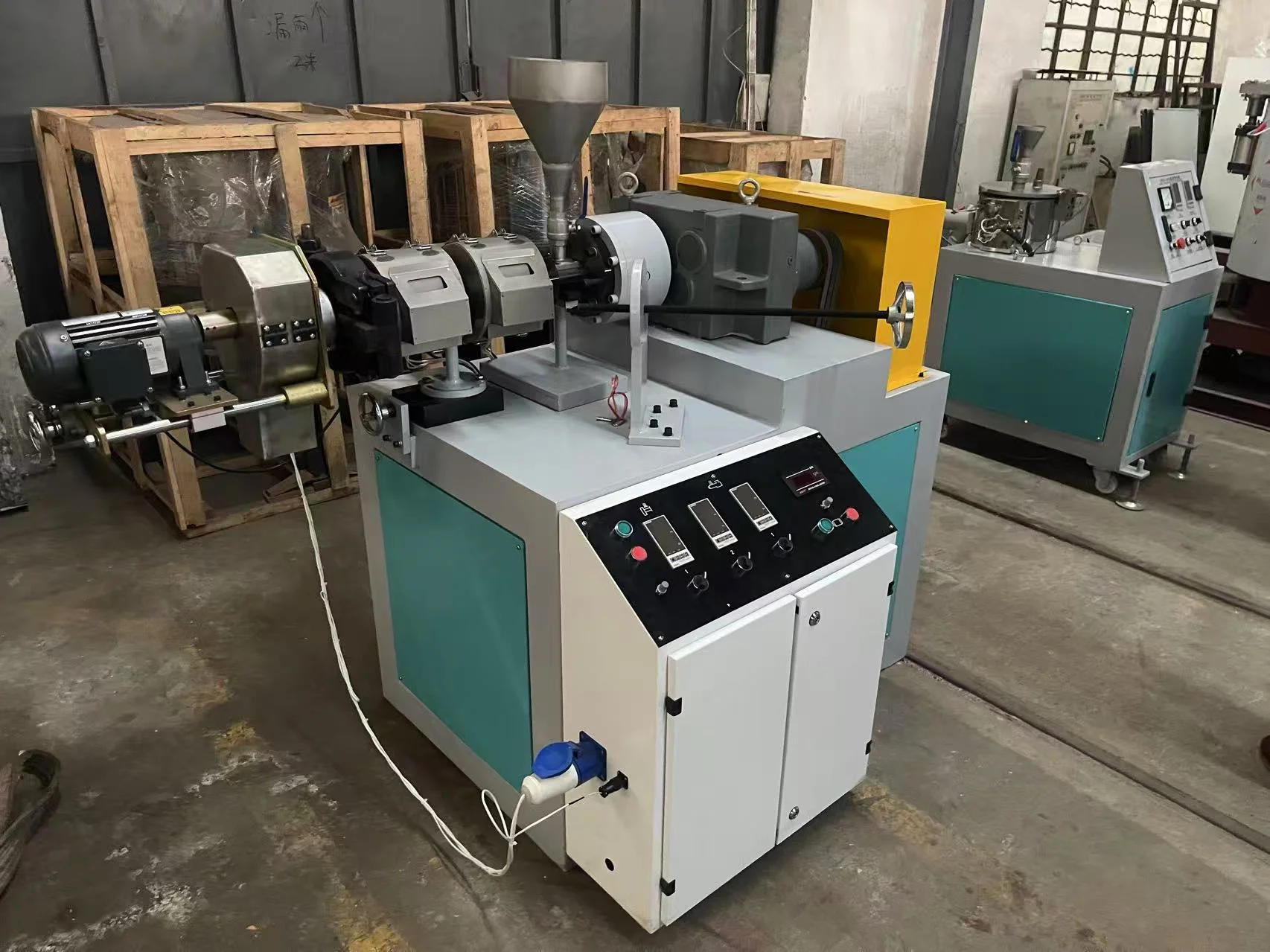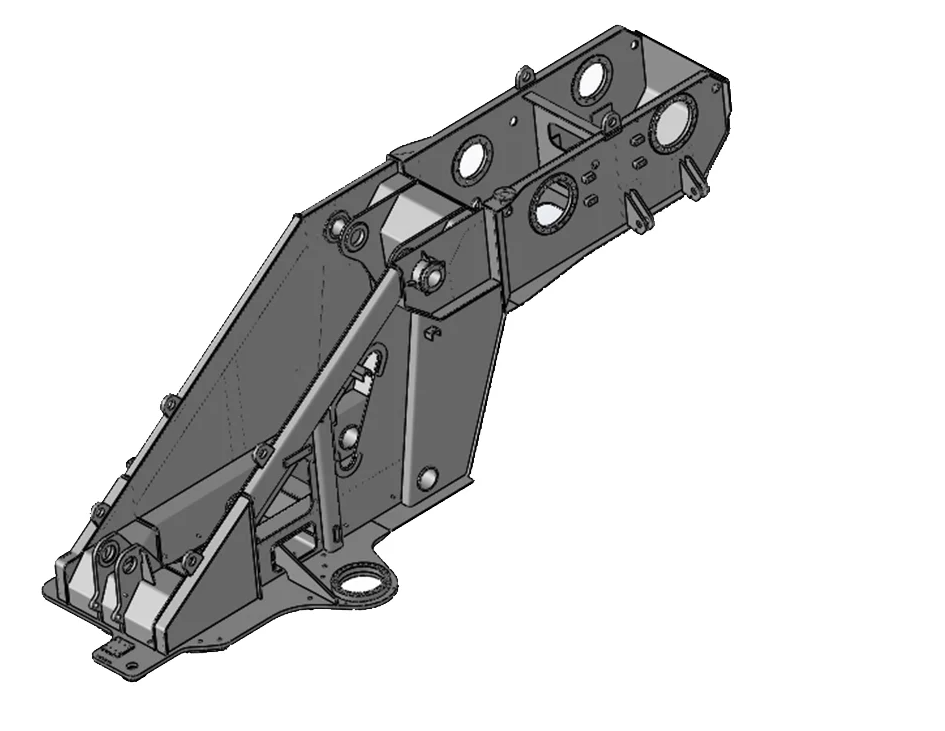Online TOC Analyzer in Measuring Microelectronic Water Quality

In the microelectronics industry, ultrapure water (UPW) is an essential component in manufacturing processes. Water quality directly impacts product yield and performance, making it imperative to monitor contaminants precisely. One of the most critical parameters in ensuring water purity is Total Organic Carbon (TOC). TOC analysis provides insight into organic contamination, which can negatively affect semiconductor fabrication. In this blog post, METASH, as a high precision laboratory instruments exporter, will share the importance, working principle and advantages of online total organic carbon analyzer in microelectronic water quality measurement, which has become an indispensable tool for real-time monitoring and control of UPW systems.
Importance of Online TOC Analyzer in Microelectronic Water Quality Measurement
The presence of organic contaminants in UPW systems used in microelectronics can lead to defects in semiconductor chips, compromising their electrical properties and reliability. TOC levels must be maintained at ultra-low concentrations, often below 1 part per billion (ppb), to ensure optimal performance. Sources of organic contamination include atmospheric exposure, microbial growth, and process-related residues. Routine monitoring of TOC helps to:
1. Ensure compliance with industry standards - Semiconductor manufacturers adhere to stringent water quality standards.
2. Prevent yield losses - Elevated TOC levels can lead to defects in photolithography, etching, and deposition processes.
3. Optimize water purification processes - Continuous monitoring aids in assessing the efficiency of reverse osmosis (RO), deionization (DI), and ultrafiltration (UF) systems.
4. Reduce downtime and maintenance costs - Early detection of contamination prevents costly shutdowns and system failures.

Working Principle of Online Total Organic Carbon Analyzer
Online TOC analyzers measure the concentration of organic carbon in water by oxidizing organic compounds into carbon dioxide (CO₂) and quantifying the resulting CO₂. The primary techniques used for TOC analysis in microelectronics water systems include:
1. UV Persulfate Oxidation with Conductivity Detection
- Ultraviolet (UV) light and a persulfate reagent facilitate oxidation.
- The generated CO₂ alters the conductivity of the water, and the change is measured to determine TOC concentration.
2. UV-Persulfate Oxidation with NDIR Detection
- Similar to the previous method but uses a Non-Dispersive Infrared (NDIR) detector to measure CO₂ concentration directly.
- Provides greater sensitivity and accuracy, making it suitable for ultra-pure applications.
3. High-Temperature Combustion Method
- Water samples are combusted at temperatures exceeding 680°C in the presence of a catalyst.
- The CO₂ produced is detected using an NDIR sensor.
- This method is highly effective for a wide range of TOC concentrations but may not be ideal for ultra-trace level detection in UPW.
Online TOC analyzers integrate real-time data acquisition and control capabilities, allowing for continuous monitoring and instant response to deviations in TOC levels.
Advantages of Online TOC Analyzer in Microelectronic
1. Real-Time Monitoring - Unlike offline batch analysis, online TOC analyzers provide immediate feedback, enabling quick corrective actions.
2. High Sensitivity and Accuracy - These analyzers detect TOC at extremely low levels, meeting stringent microelectronic industry requirements.
3. Reduced Sample Handling and Contamination - Automated sampling minimizes the risk of external contamination and human error.
4. Operational Efficiency - Continuous monitoring optimizes the performance of UPW purification systems and reduces unnecessary filter and resin replacements.
5. Regulatory Compliance - Ensures adherence to industry standards and improves traceability of water quality records.
Considerations for Implementing Online TOC Analyzer Analysis
1. Detection Limit and Accuracy - The chosen analyzer must be capable of detecting TOC at sub-ppb levels to meet ultra-pure water specifications.
2. Response Time - Fast response time ensures timely corrective actions in case of contamination events.
3. Instrument Calibration and Maintenance - Regular calibration with certified TOC standards ensures measurement accuracy and instrument longevity.
4. Compatibility with UPW Systems - The analyzer should integrate seamlessly with existing UPW treatment and monitoring infrastructure.
5. Data Logging and Connectivity - Advanced models provide digital data storage and connectivity to supervisory control and data acquisition (SCADA) systems for centralized monitoring.
Conclusion
As semiconductor manufacturing processes become more advanced, the demand for ultrapure water quality monitoring continues to grow. Online TOC analyzers play a crucial role in ensuring water purity, preventing contamination-related defects, and maintaining high manufacturing yields. By providing real-time, accurate, and highly sensitive measurements, these analyzers enhance operational efficiency, compliance, and process reliability. Investing in robust TOC monitoring solutions is essential for sustaining the integrity of UPW systems in microelectronics fabrication.
www.metashcorp.com
METASH


